GPCR/G protein

All GPCRs share a common seven trans-membrane structure. GPCRs are associated with heterotrimeric G-proteins which are GTP-binding proteins made of alpha, beta, and gamma subunits. When a ligand binds to GPCR, it activates the attached G-protein, the GDP is replaced with GTP. The activated G-protein then dissociates into an alpha and a beta-gamma complex which activates downstream signaling pathways. These intracellular signaling pathways include cAMP/PKA, calcium/NFAT, phospholipase C, protein tyrosine kinases, MAP kinases, PI-3-kinase, nitric oxide/cGMP, Rho, and JAK/STAT.
GPCRs are one of the most important therapeutic targets for various diseases, over 30% of all modern medicinal drugs target this family. Aberrant GPCR functions are involved in pathological conditions such as neurological, immunological and hormonal disorders. A large number of GPCRs have been identified, but whose ligands are not known, are classified as orphan receptors.
-
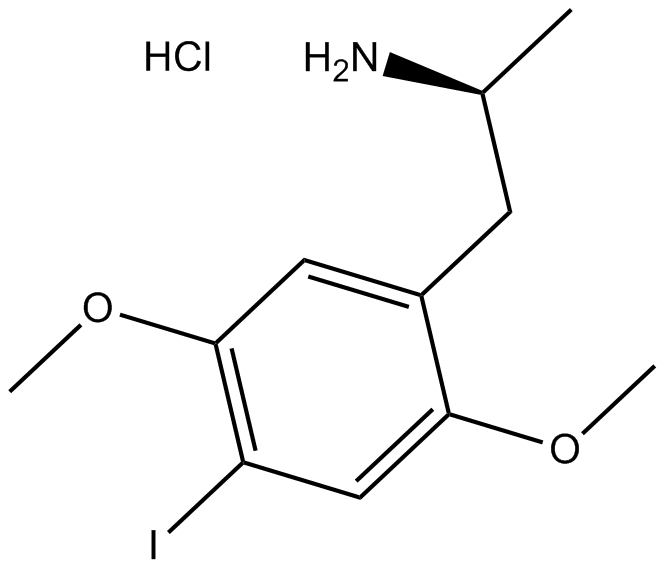 B5321 DOI hydrochlorideTarget: 5-HT2 ReceptorsSummary: A brain-permeable 5-HT2A/5-HT2C receptor agonist
B5321 DOI hydrochlorideTarget: 5-HT2 ReceptorsSummary: A brain-permeable 5-HT2A/5-HT2C receptor agonist -
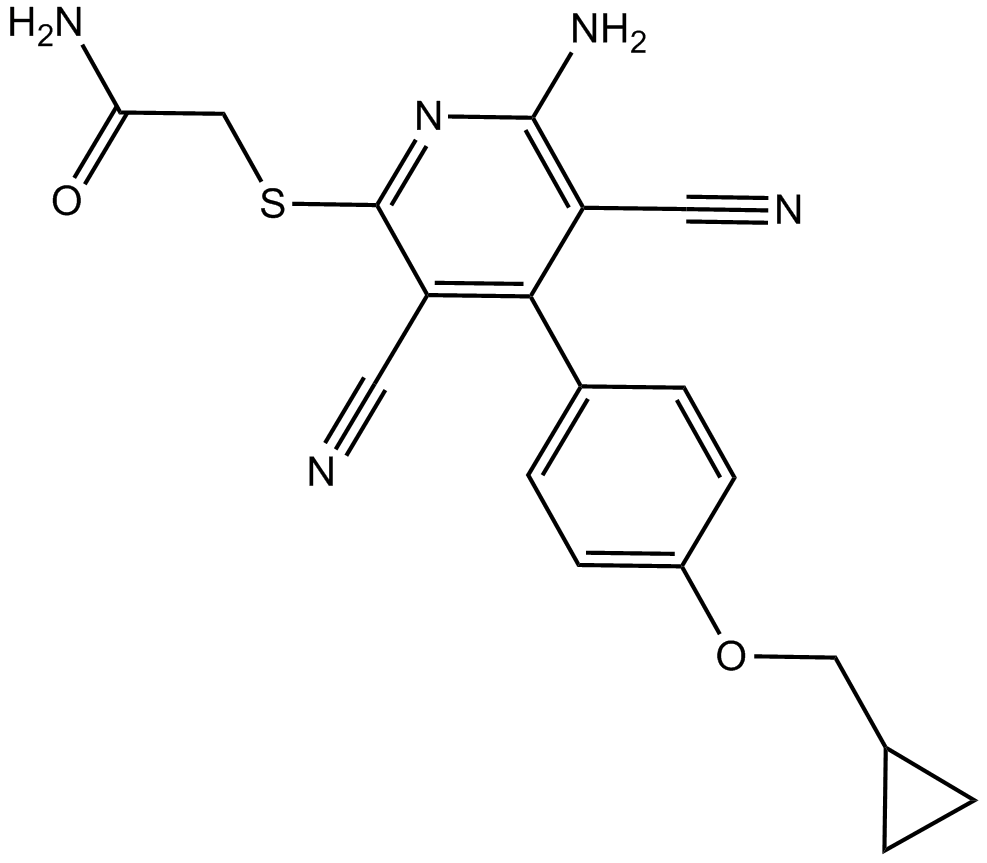 B5612 BAY 60-6583Target: Adenosine A2B ReceptorsSummary: Potent A2B receptor agonist
B5612 BAY 60-6583Target: Adenosine A2B ReceptorsSummary: Potent A2B receptor agonist -
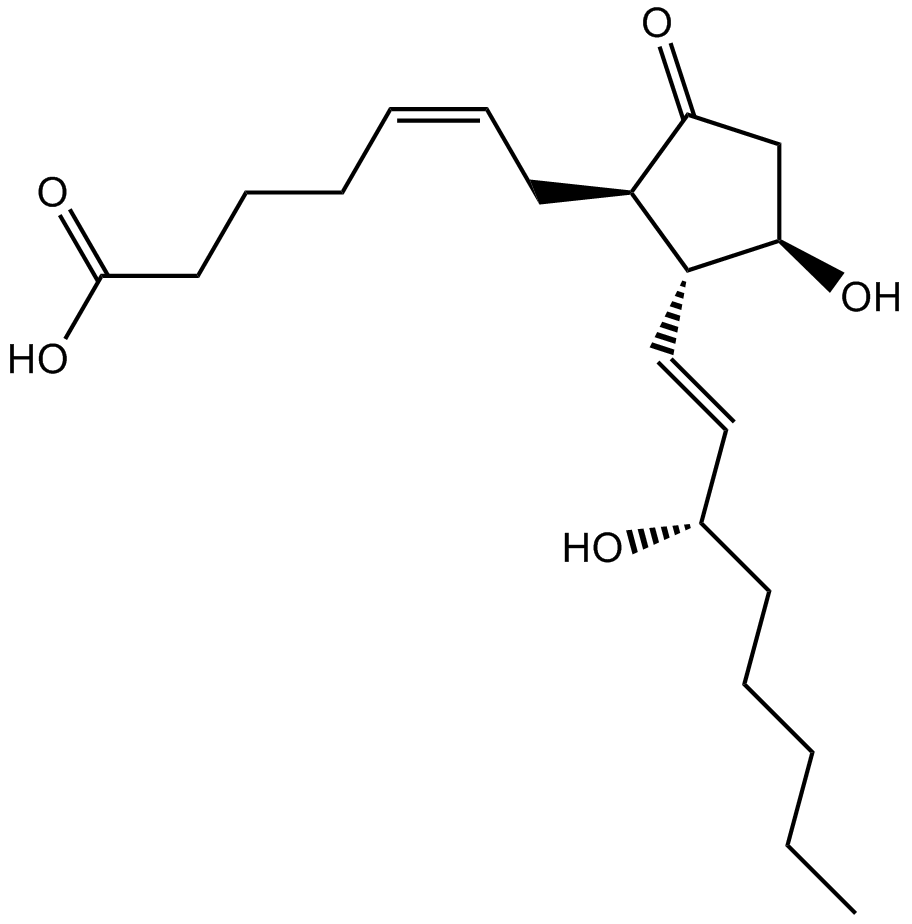 B7005 Prostaglandin E2Target: Prostaglandin EP receptorsSummary: Endogenous prostaglandin
B7005 Prostaglandin E2Target: Prostaglandin EP receptorsSummary: Endogenous prostaglandin -
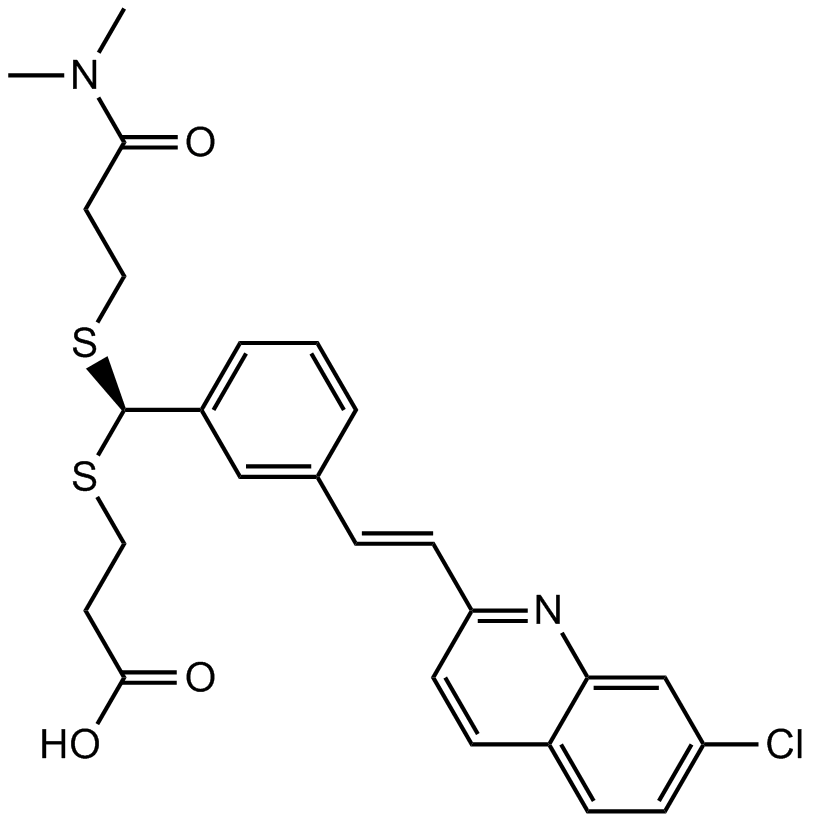 B7023 MK-571Target: Leukotriene and Related ReceptorsSummary: leukotriene D4 receptor antagonist, orally active
B7023 MK-571Target: Leukotriene and Related ReceptorsSummary: leukotriene D4 receptor antagonist, orally active -
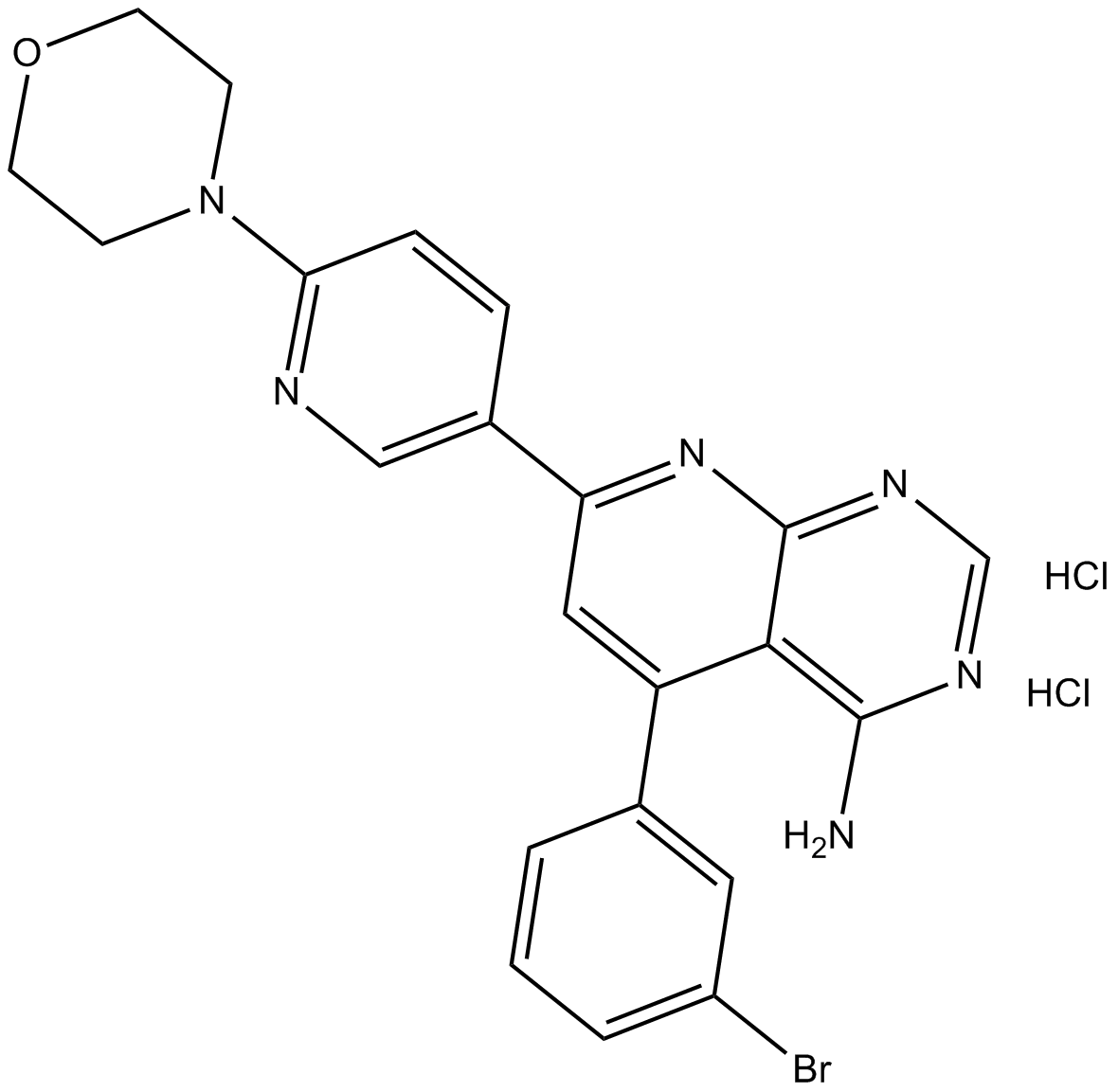 B5298 ABT 702 dihydrochlorideTarget: Adenosine KinasesSummary: Adenosine kinase inhibitor
B5298 ABT 702 dihydrochlorideTarget: Adenosine KinasesSummary: Adenosine kinase inhibitor -
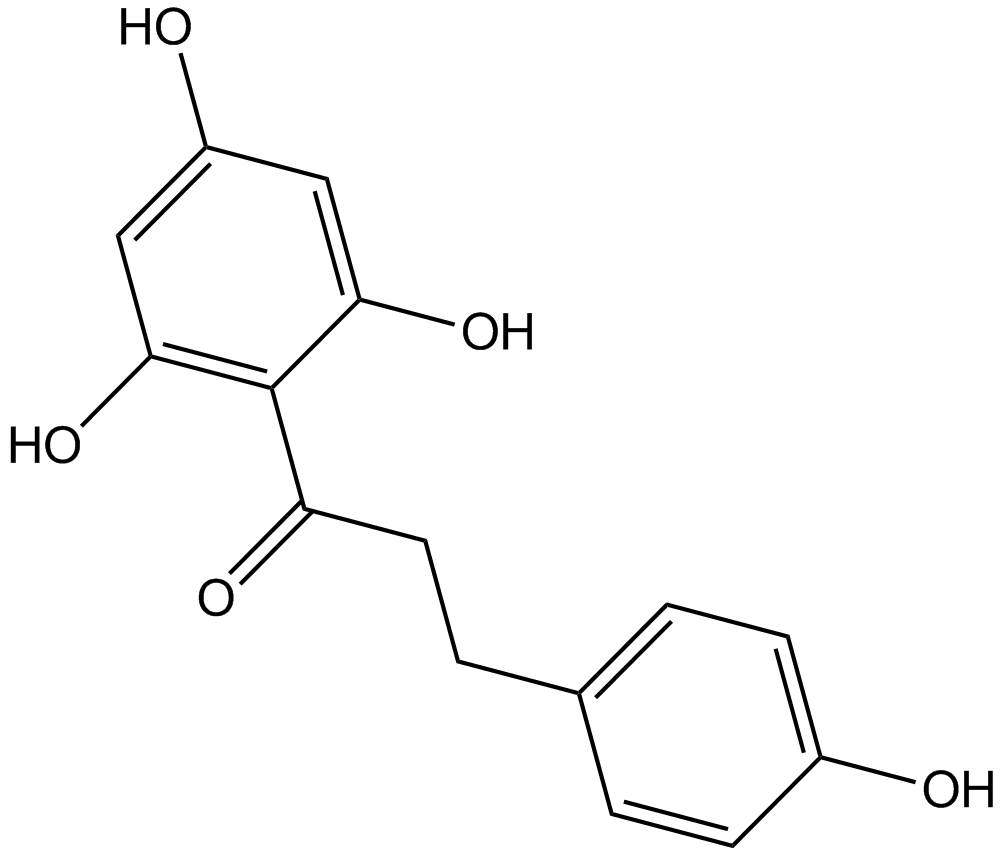 A3723 PhloretinTarget: SGLTSummary: A dihydrochalcone found in apple
A3723 PhloretinTarget: SGLTSummary: A dihydrochalcone found in apple

